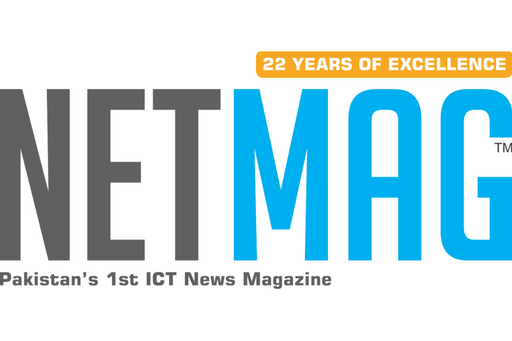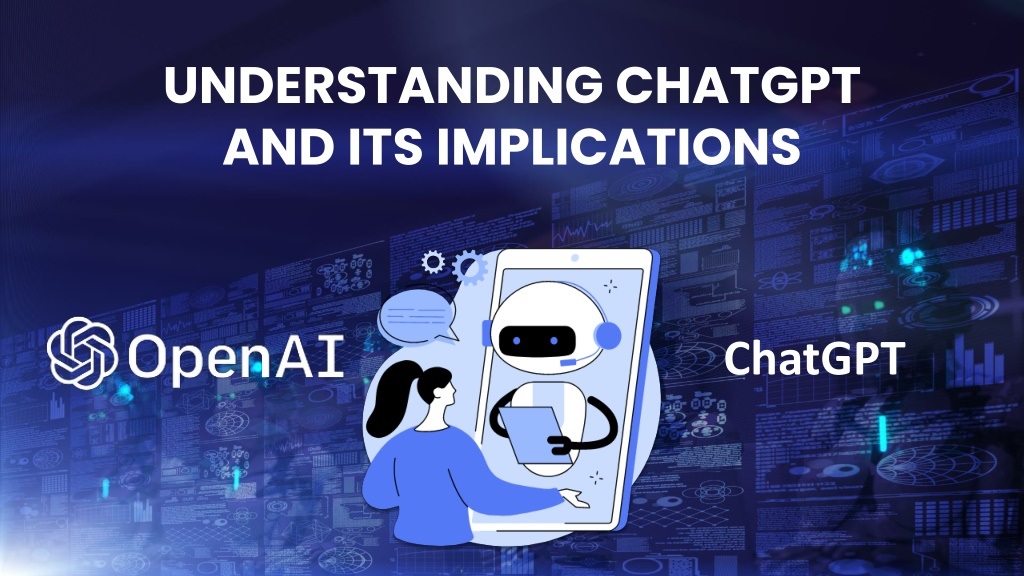As artificial intelligence (AI) continues to evolve, language models like ChatGPT are garnering significant attention for their remarkable ability to understand and generate human-like text. These models hold the potential to transform various industries, enhance productivity, and redefine human-computer interaction. However, they also raise crucial questions surrounding ethics, job displacement, and the very nature of creativity.
What is ChatGPT?
Overview of How ChatGPT Works
ChatGPT is based on neural network architectures known as transformers, specifically designed to process and generate language. Trained on vast datasets, it learns patterns in text, enabling it to produce coherent and contextually relevant responses. The model’s strength lies in its ability to predict the next word in a sentence, given the preceding words, which allows for fluid conversations and diverse content generation.
Key Features and Capabilities
Key functionalities of ChatGPT include:
Conversational AI: Engaging in human-like dialogue across various topics.
Content Generation: Assisting in creating articles, stories, and reports.
Customization: Adapting to different tones and styles based on user prompts.
Comparison with Earlier AI Models
Unlike traditional chatbots, which rely on scripted responses and limited decision trees, ChatGPT employs deep learning techniques that enable more dynamic interactions. This allows it to handle complex queries and maintain context over longer conversations, setting it apart from earlier models.
Applications of ChatGPT
Use Cases Across Various Sectors
ChatGPT is finding applications in numerous fields, including:
Customer Service: Automating responses and providing 24/7 support.
Education: Offering tutoring and personalized learning experiences.
Content Creation: Assisting writers, marketers, and creatives in generating ideas and content.
Must Read: Kaspersky detects over 1 million daily web tracking attempts to collect user data in 2024
Examples of Business Utilization
Businesses leverage ChatGPT for increased efficiency, such as streamlining customer interactions, generating reports, and enhancing creative processes. For instance, marketing teams use ChatGPT to brainstorm campaign ideas, while educational institutions employ it for personalized student engagement.
Potential for Creative Applications
Beyond traditional use cases, ChatGPT is also making strides in creative domains. Writers utilize it for story development, musicians explore lyrical ideas, and artists seek inspiration for visual works, showcasing AI’s versatility in enhancing human creativity.
Implications for the Future
Impact on Job Markets
The rise of ChatGPT and similar technologies poses challenges to job markets. While some roles may be displaced, others will emerge, requiring new skill sets. The balance between automation and job creation will significantly shape the future workforce.
Changing the Nature of Work
As AI becomes more integrated into various sectors, the nature of work is likely to shift. Tasks that require repetitive or routine interactions may become automated, allowing human workers to focus on more complex, creative, and strategic functions.
Enhancing Human Capabilities vs. Replacement
ChatGPT’s role should be viewed as one of augmentation rather than replacement. By handling mundane tasks, AI can free up time for humans to engage in higher-order thinking and creativity, ultimately fostering a collaborative relationship between humans and machines.
Ethical Considerations
Concerns About Bias
One major challenge lies in addressing bias in AI responses. Training data often reflects societal biases, which can lead to skewed outputs. Ensuring diverse and representative datasets is essential for mitigating this risk and creating fairer AI systems.
Privacy Issues
With the integration of AI into everyday interactions, privacy concerns arise regarding data usage and user interactions. Establishing robust data protection measures is crucial to maintaining user trust and safeguarding personal information.
Misinformation and Its Challenges
The potential for misinformation is another significant concern. As AI-generated content becomes more prevalent, the need for critical assessment and verification of information is paramount. Developing strategies to combat misinformation is essential for fostering a responsible AI landscape.
Human-AI Collaboration
Augmented Intelligence
The concept of augmented intelligence emphasizes the collaboration between humans and AI. Rather than viewing AI as a competitor, recognizing its potential as a partner can lead to innovative solutions and enhanced problem-solving capabilities.
Case Studies of Successful Partnerships
Several industries are already benefiting from successful human-AI collaborations. For instance, in healthcare, AI assists doctors in diagnosing conditions, while in creative fields, writers and artists collaborate with AI tools to push the boundaries of their work.
The Future of Communication
Reshaping Interactions
ChatGPT is fundamentally altering how we communicate with machines and, by extension, each other. This shift has implications for social interactions, language learning, and cross-cultural communication, potentially breaking down language barriers.
Challenges and Opportunities
While the evolution of AI in communication presents opportunities for enhanced dialogue, it also raises challenges related to authenticity and the potential loss of nuanced human interaction. Striking a balance between leveraging AI and preserving genuine communication will be vital.
Final Thoughts
In summary, ChatGPT embodies the transformative potential of AI, promising to impact various aspects of society and industry. As we navigate this new landscape, it is crucial for individuals and organizations to engage critically with AI technologies, considering both their benefits and challenges. By understanding and embracing these advancements, we can shape a future where AI serves as a valuable ally in enhancing human capabilities and fostering innovation.




